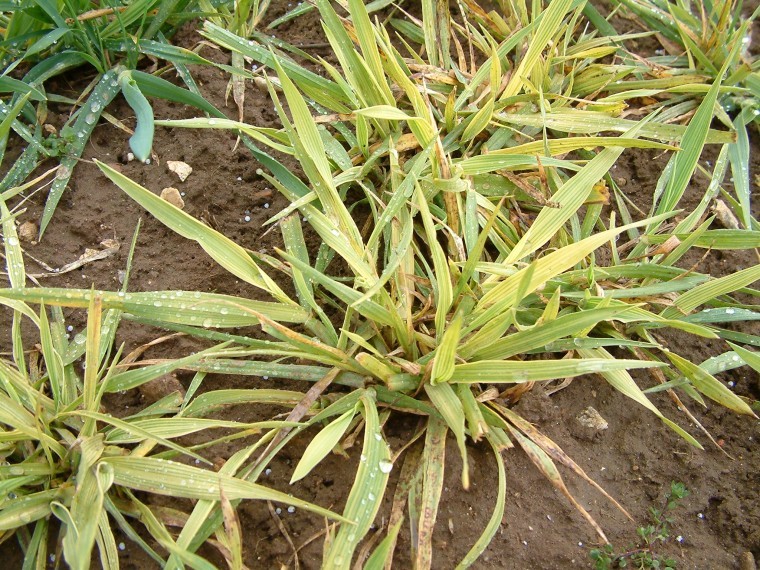Winter cereal growers are being urged to remain vigilant against aphid vectors of barley yellow dwarf virus (BYDV) after the mild start to autumn – especially when growing crops with a high yield potential, such as hybrid barley.
According to Syngenta field technical specialist, Max Newbert, yield losses from BYDV can be as high as 70-80% in winter barley and as high as 25-30% in winter wheat.
BYDV was particularly bad last season after a similarly mild autumn plus a mild winter allowed prolonged aphid activity, he says, so growers have to be vigilant against a similar thing happening again.
“Last season, there were a lot of issues with BYDV because people only relied on a seed treatment without using a follow-up aphicide spray,” says Mr Newbert.
“Most growers will have used a seed treatment against BYDV again this season. But if you drilled early that seed treatment could be running out of steam. Also, there are similarly high numbers of bird cherry aphids about – one of the main vectors of BYDV – as there were last year.
“Be sure to check crops regularly for the first sign of aphid activity, indicating when seed treatment protection may be running out. Alternatively, if you haven’t used a suitable seed treatment, you need to get on top of aphids as soon as possible.
“The thing to remember about BYDV is that spraying against it is a relatively low input cost, but with these sort of yield losses at stake effective prevention can give a massive benefit – especially if you’re growing a high yielding crop, such as hybrid barley.
“Achieving rapid knockdown and extended control is important with BYDV. We recommend considering a spray such as Hallmark Zeon. You may need two sprays of a less long-lasting material,” he adds.




